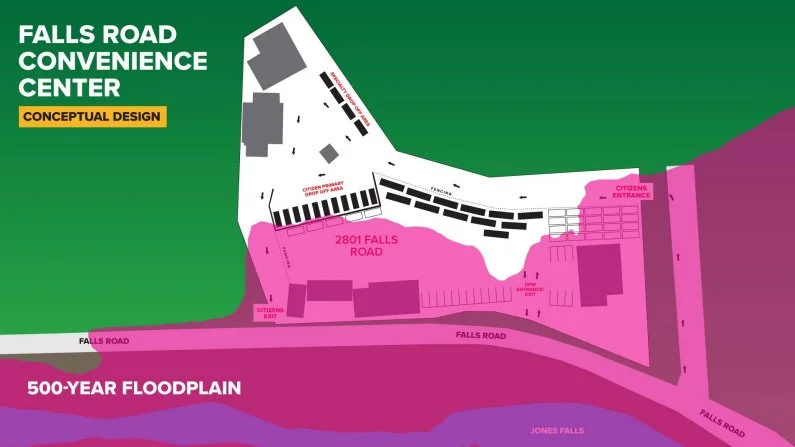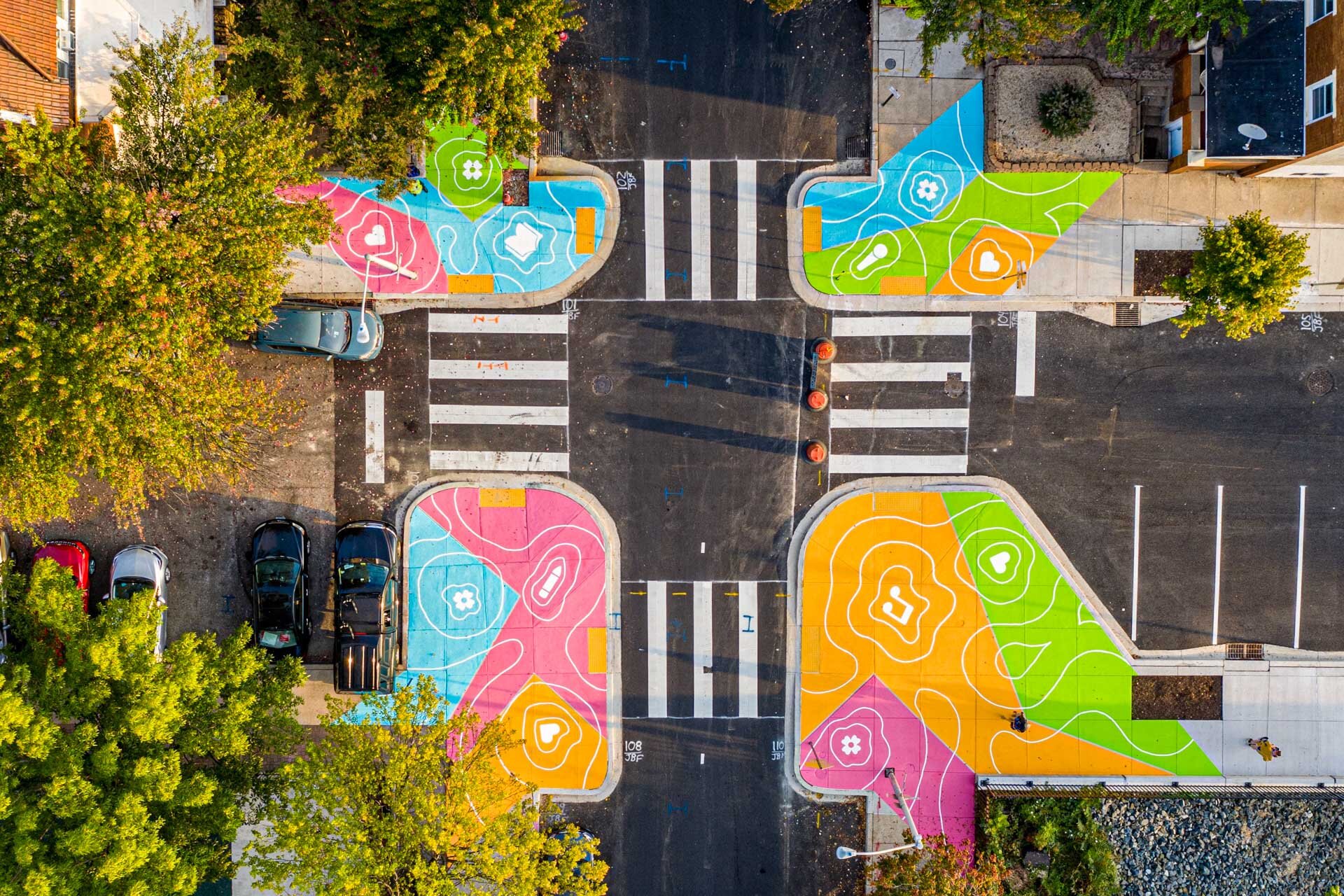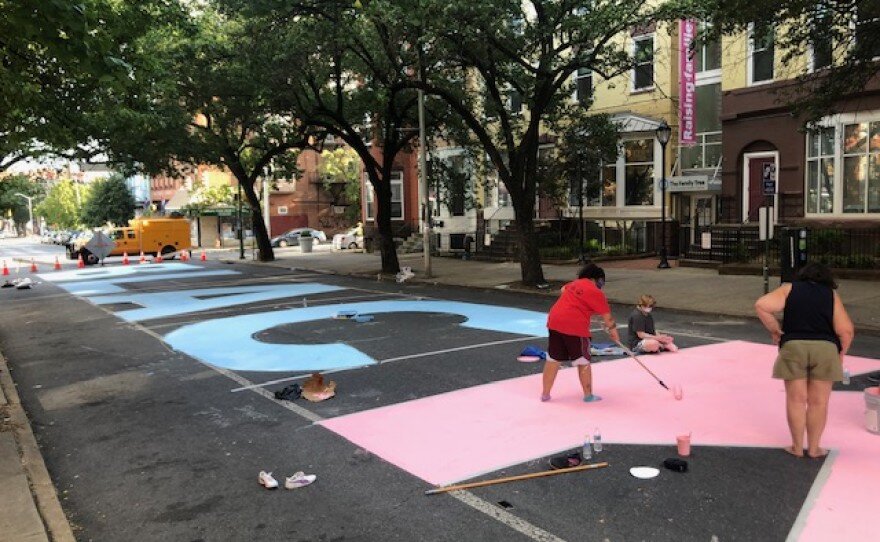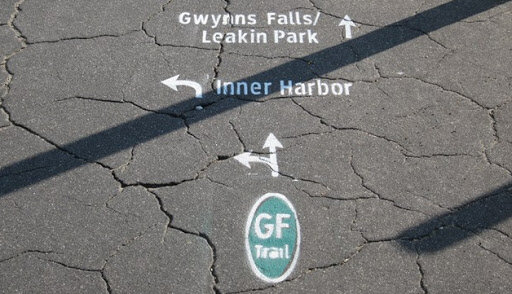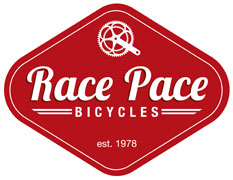A map of the proposed relocation site with the floodplain overlay
Baltimore City is proposing relocating the Sisson Street Transfer Station to the Jones Falls Valley. There are numerous concerns around this proposal from adjacent neighborhood residents, stakeholder groups like Friends of the Jones Falls, and environmental advocates concerned about the overlap with the floodplain.
At Bikemore, we believe the Jones Falls Valley can and should be realized as a world-class linear park. We don't believe relocation of a waste transfer facility fits into that vision.
But if the city is insistent on relocating the facility despite the conflict with this vision and community concerns, the corridor must be safe for people of all ages and abilities walking and biking. Safe access for these users must increase.
In fact, that's a vision the Mayor's Office and Baltimore City Department of Transportation has long promised adjacent communities, a promise they have not made good on. Now is the time to make good on that promise, regardless of the outcome of the relocation proposal.
Below is a letter to send to your elected officials. It focuses on the bare minimum safety improvements required for a walking and biking corridor to safely exist with relocation.
To be clear, we think the proposed relocation site is a bad one. So if you have opinions on the relocation proposal itself, please customize the letter to include them.


